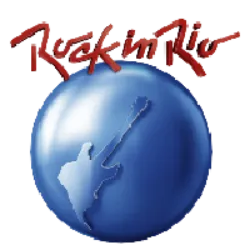Rock in Rio
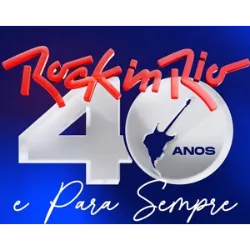
Rock in Rio is one of the biggest music festivals in the world and has a rich and influential history, especially in Brazil. The event was conceived by Roberto Medina, a businessman from Rio de Janeiro, and its first edition took place in 1985 in Rio de Janeiro. It quickly became a landmark in the country's musical culture. Rock in Rio X will be the tenth edition of the festival held in the City of Rock, in Rio de Janeiro in September 2024. The festival will celebrate the 40th anniversary of Rock in Rio, featuring a new area called Global Village with settings inspired by architectural icons from around the world. In celebration of Brazilian music, a day was set aside to pay homage to the most diverse Brazilian musical styles, including rock, sertanejo, MPB, etc. The festival will feature a special musical for the 40th anniversary of the festival called 'Sonhos, Lama e Rock and Roll', which will tell the story of Rock In Rio.
The first edition of Rock in Rio took place between January 11 and 20, 1985
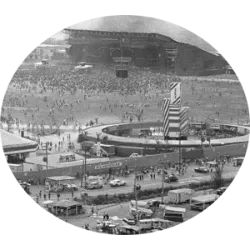
The first edition of Rock in Rio took place between January 11 and 20, 1985, in an area specially built for the event called "Cidade do Rock" in Jacarepaguá, Rio de Janeiro. It was a historic event not only because of its magnitude, but also because of its social and political context: Brazil was in the process of transitioning from a military dictatorship to democracy. The edition featured big names in world music, such as Queen, AC/DC, Iron Maiden, Yes, Ozzy Osbourne, and Rod Stewart, as well as Brazilian artists such as Gilberto Gil, Paralamas do Sucesso, and Barão Vermelho. This edition was a resounding success, attracting more than 1.3 million people over the ten days of the festival.
Test yourself with one of these challenges 👇
Discover some interesting facts about Rock In Rio
After the success of 1985
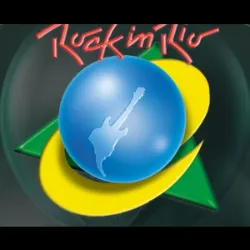
After the success of 1985 , Rock in Rio went on a six-year hiatus, returning in 1991 for its second edition. This edition was marked by a change of venue, taking place at Maracanã, and by bringing in bands such as Guns N' Roses, INXS, and A-ha. In 2001 , the festival returned to the City of Rock and featured a greater diversity of musical genres, including pop and electronic music, and bands such as REM, Oasis, Red Hot Chili Peppers and 'N Sync. Starting in 2004 , Rock in Rio began its international expansion, being held in Lisbon, Portugal. The idea was to take the Rock in Rio "brand" to other countries and, at the same time, promote Brazilian music and culture abroad. Later, the festival also had editions in Madrid, Spain, and Las Vegas, United States.
Rock in Rio 2006

Rock in Rio 2006 was not held in Brazil, but in Lisbon, Portugal, and Madrid, Spain. The Lisbon edition, the second in the city, took place at Parque da Bela Vista between May 26 and 27 and June 2, 3 and 4. The event attracted around 350,000 people and featured major artists such as Shakira, Sting, Red Hot Chili Peppers, Guns N' Roses and Roger Waters. In addition to the concerts, the festival offered several themed areas and maintained its focus on social actions with the motto "For a Better World". Its success consolidated Rock in Rio as a global festival.
In 2008, Rock in Rio
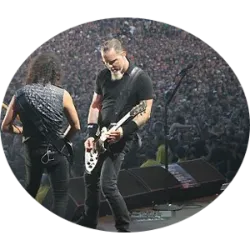
In 2008, Rock in Rio was held for the first time in two locations: Lisbon, Portugal, and Madrid, Spain, without an edition in Brazil. In Lisbon, on May 30 and 31 and June 6, 7 and 8, the festival took place at Parque da Bela Vista, where the Sunset Stage debuted, replacing the Hot Stage, and offered jam sessions with Portuguese artists of various styles. Highlights included concerts by Metallica, Lenny Kravitz, Amy Winehouse, and Bon Jovi. In Madrid, on June 27 and 28 and July 4, 5 and 6, the debut featured The Police, Shakira, and Alejandro Sanz. The festival maintained its commitment to social and environmental causes, consolidating itself as a global and diverse event.
Rock in Rio 2011 returned to Rio de Janeiro after a decade of absence

Rock in Rio 2011 returned to Rio de Janeiro after a decade of absence, selling out tickets in just four days and attracting over 700,000 people. The festival had two main stages: the Palco Mundo, for major concerts, and the Palco Sunset, for special collaborations. Highlights included a tribute to Legião Urbana featuring former members and the Brazilian Symphony Orchestra, as well as the creation of Rock Street, inspired by the musicality and bohemianism of New Orleans, which celebrated blues and jazz.
HOME
